Ancient Egypt: The Sacred Lions of the Pharaohs
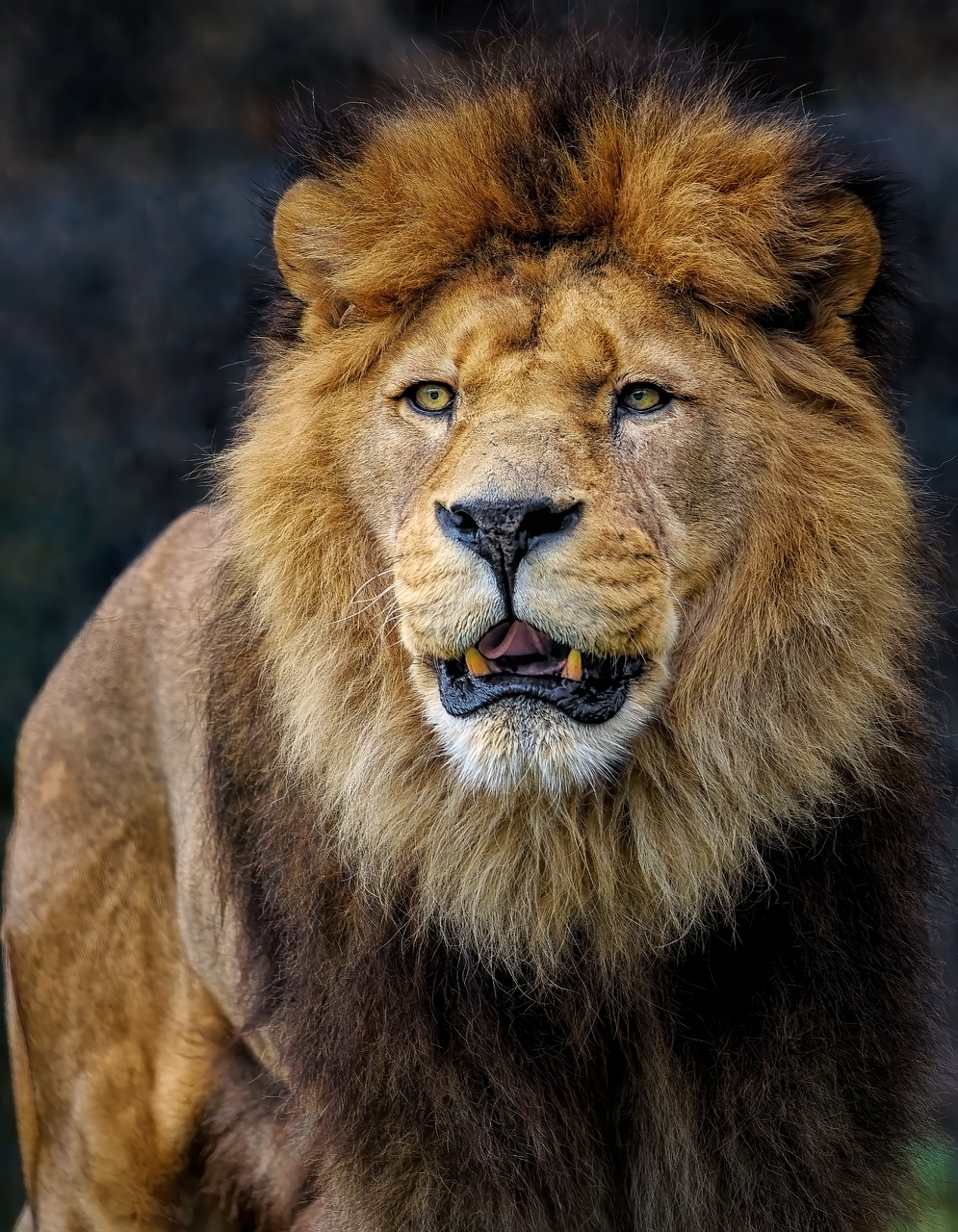
Picture this: massive stone lions guarding the entrance to sacred temples, their eyes watching over pharaohs for eternity. Ancient Egyptians didn’t just admire big cats—they practically built their entire spiritual world around them. The goddess Sekhmet, with her lioness head, was both feared and revered as the protector of the pharaoh and the bringer of both plague and healing.
Lions represented divine power and royal authority in ways that still give us chills today. Egyptian rulers wore lion pelts during ceremonies and had live lions as royal pets. The famous Sphinx itself is a testament to this obsession—a human head on a lion’s body, symbolizing the perfect blend of human wisdom and feline strength.
Ancient Mesopotamia: Ishtar’s Fierce Companions

In the cradle of civilization, lions weren’t just animals—they were walking symbols of divine wrath and protection. The Mesopotamians carved lions into their palace walls, created lion-shaped thrones, and told epic tales of heroes wrestling these magnificent beasts. The goddess Ishtar was often depicted standing on a lion, showing her dominance over the wildest forces of nature.
The famous Ishtar Gate of Babylon featured stunning blue-glazed lions marching in eternal procession. These weren’t just decorations; they were powerful guardians meant to strike fear into enemies and awe into allies. Even today, seeing these ancient lion reliefs makes you feel the raw power they were meant to convey.
Ancient Greece: The Nemean Lion’s Legendary Terror

Greek mythology turned lions into creatures of legend, and none was more famous than the Nemean Lion. This wasn’t your average big cat—its hide was supposedly impervious to weapons, making it the ultimate monster for heroes to face. Hercules’ first labor involved strangling this beast with his bare hands, a story that still captures imaginations thousands of years later.
Lions appeared on Greek coins, shields, and pottery as symbols of courage and strength. The constellation Leo commemorates these magnificent creatures, ensuring that every night sky reminds us of their legendary status. Greek warriors would wear lion pelts into battle, hoping to channel some of that feline ferocity.
Ancient Rome: Arena Kings and Divine Symbols
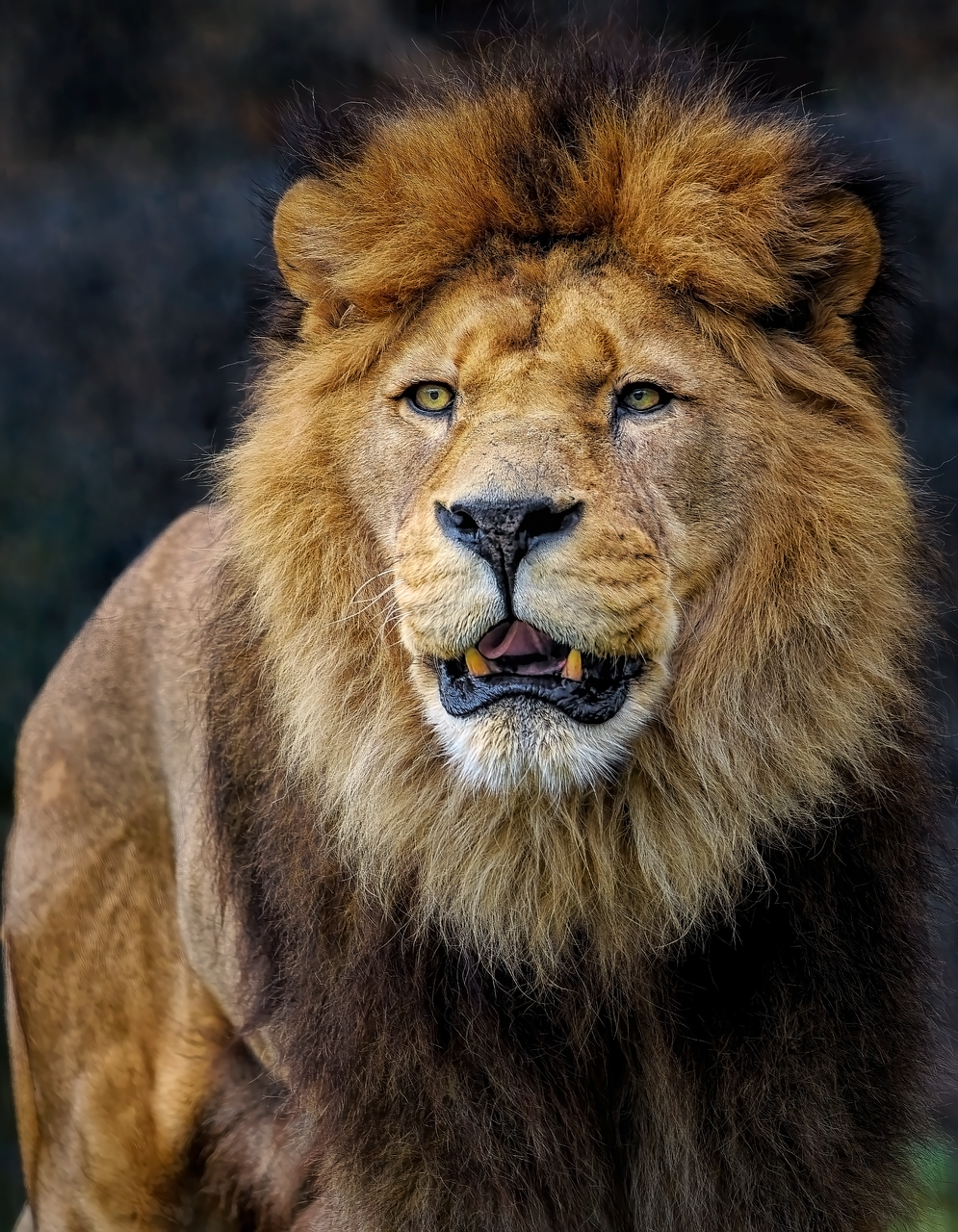
Roman emperors had a complicated relationship with lions—they both feared and admired them. In the Colosseum, lions were the ultimate test of a gladiator’s skill, while emperors kept them as status symbols of their power over life and death. The goddess Cybele rode a chariot pulled by lions, showing how these cats represented untamed divine force.
Roman soldiers adopted lion imagery on their standards and armor, believing it would make them as fearless as the beasts themselves. The famous saying “brave as a lion” comes from this ancient Roman admiration. Even Roman coins featured lions, spreading their symbolic power across the empire.
Ancient India: The Divine Cats of Hindu Tradition
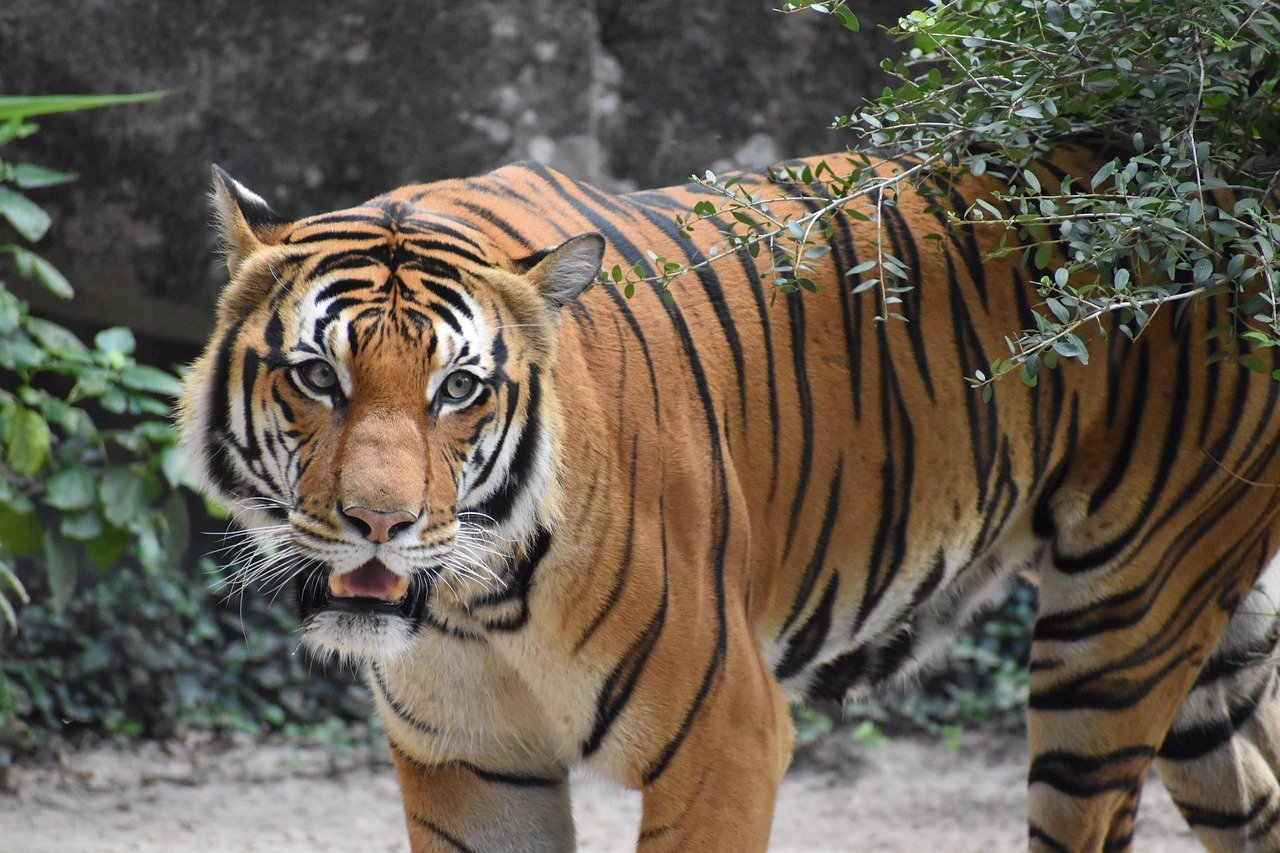
In ancient India, big cats weren’t just worshipped—they were considered divine beings walking the earth. The goddess Durga rides a fierce tiger into battle, representing the power of good over evil. Lions and tigers appear in countless Hindu texts as symbols of royal power and spiritual strength.
The Asiatic lion was so revered that killing one was considered a grave sin unless done in self-defense. Ancient Indian rulers took titles like “Lion of the Battlefield” and decorated their palaces with intricate cat carvings. These traditions continue today, with lions appearing on India’s national emblem as symbols of courage and pride.
Ancient Persia: The Royal Hunt and Sacred Fire

Persian kings turned lion hunting into an art form, not just for sport but as a religious duty. They believed that conquering lions proved their divine right to rule, making them worthy of the gods’ favor. The famous Persepolis reliefs show kings in eternal combat with lions, frozen in stone for all time.
Lions appeared on Persian coins, textiles, and royal regalia as symbols of the sun and fire. The Zoroastrian tradition saw lions as creatures of light, opposing the darkness of evil. Persian carpets still feature lion motifs today, carrying on this ancient tradition of feline reverence.
Ancient Celtic Cultures: The Fierce Guardians of the Otherworld
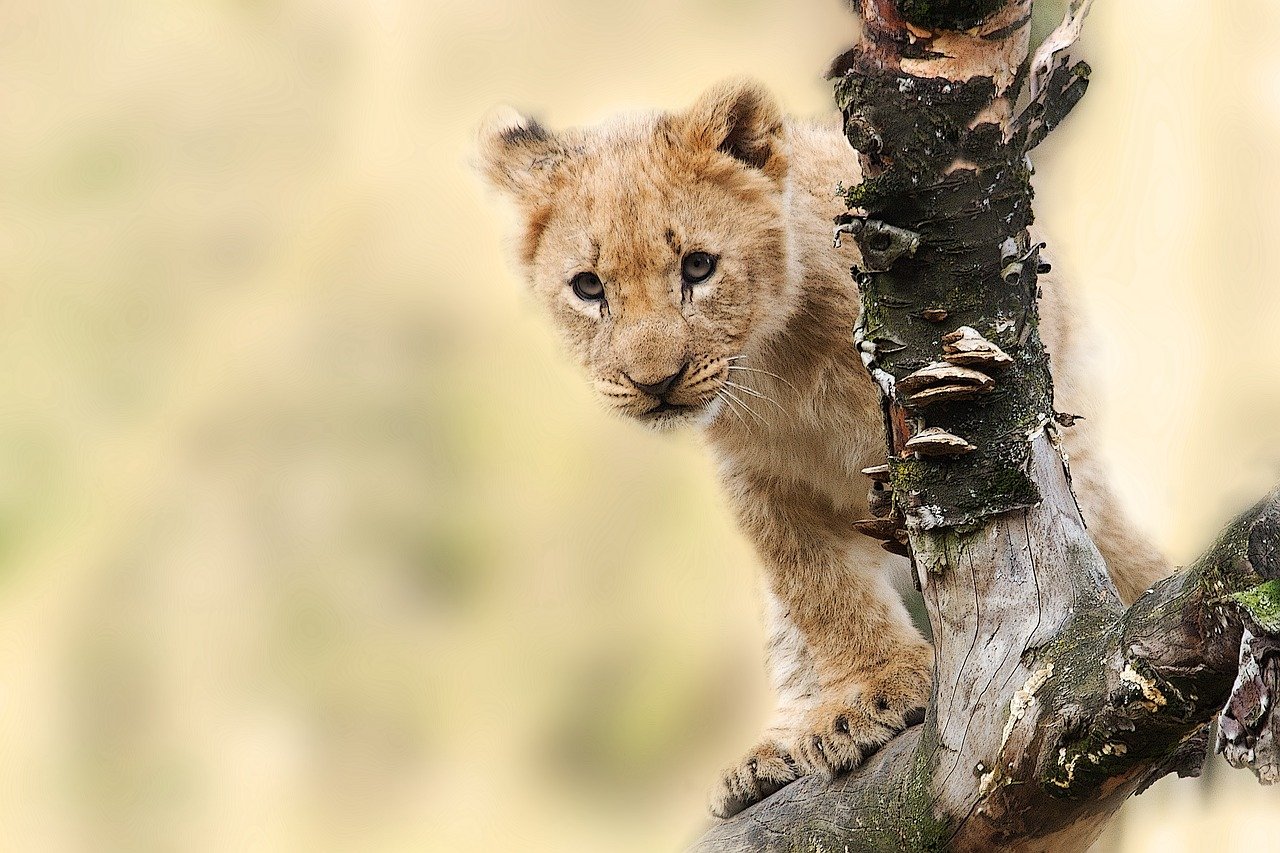
Though lions weren’t native to Celtic lands, these ancient peoples adopted them as powerful symbols through contact with other cultures. Celtic warriors wore lion imagery on their shields and torcs, believing it would grant them supernatural courage in battle. Lions appeared in Celtic art as guardians of sacred spaces and gateways to the otherworld.
The Celts created intricate lion designs in their metalwork, often combining them with their traditional spiral patterns. These weren’t just decorations—they were magical symbols meant to invoke the lion’s fearless spirit. Celtic druids told stories of lions as messengers from the gods, bridging the gap between mortal and divine realms.
Ancient China: The Guardian Lions of Imperial Power
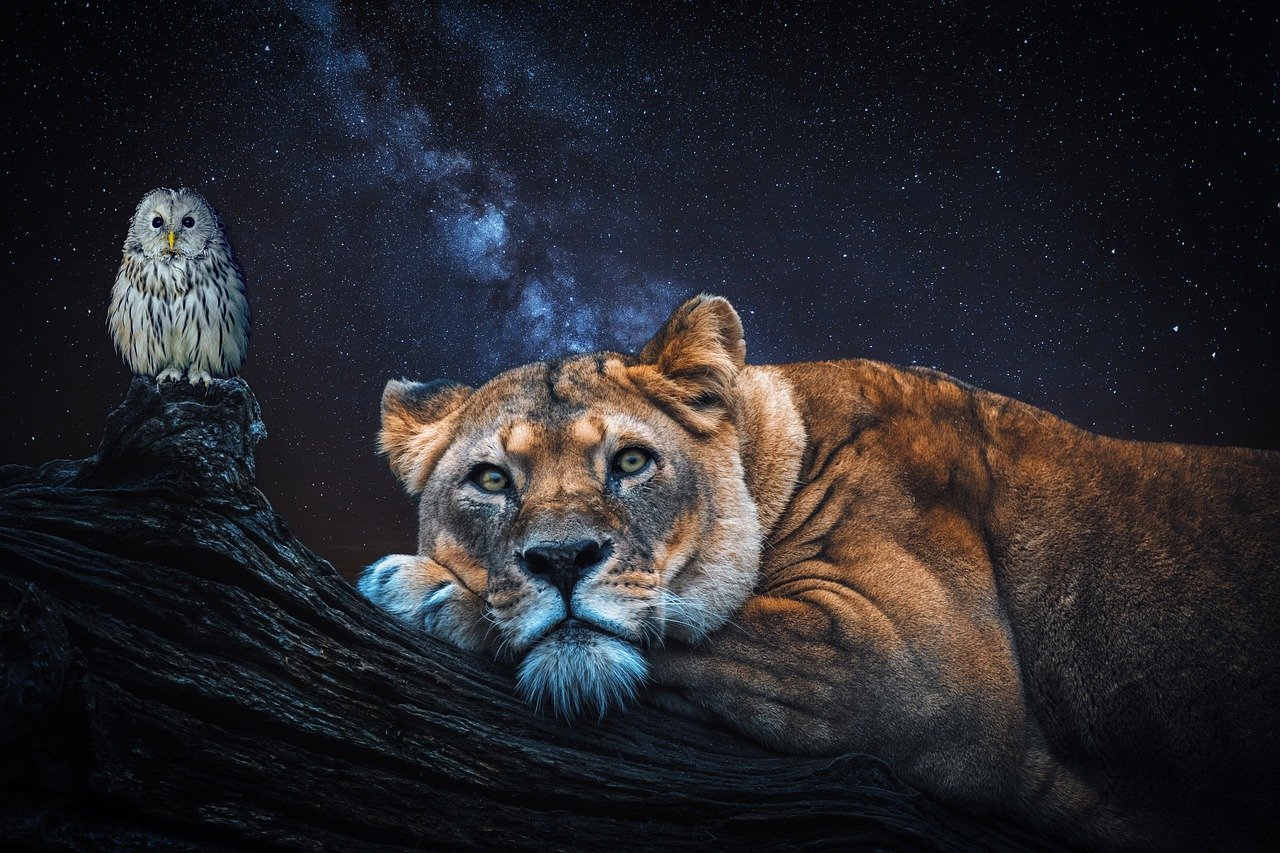
Chinese culture embraced lions despite never having native populations, turning them into symbols of imperial power and divine protection. The famous lion dance, still performed today, originated from ancient beliefs that lions could ward off evil spirits and bring good fortune. Stone lions guard temples and palaces throughout China, their fierce expressions meant to intimidate demons and protect the faithful.
Chinese emperors adopted the lion as a symbol of their authority, often depicted sitting on lion thrones. The Buddhist tradition brought lion symbolism to China, where lions became associated with wisdom and fearlessness. These cultural influences created a unique Chinese lion mythology that persists in modern times.
Ancient Maya: The Jaguar God of the Underworld
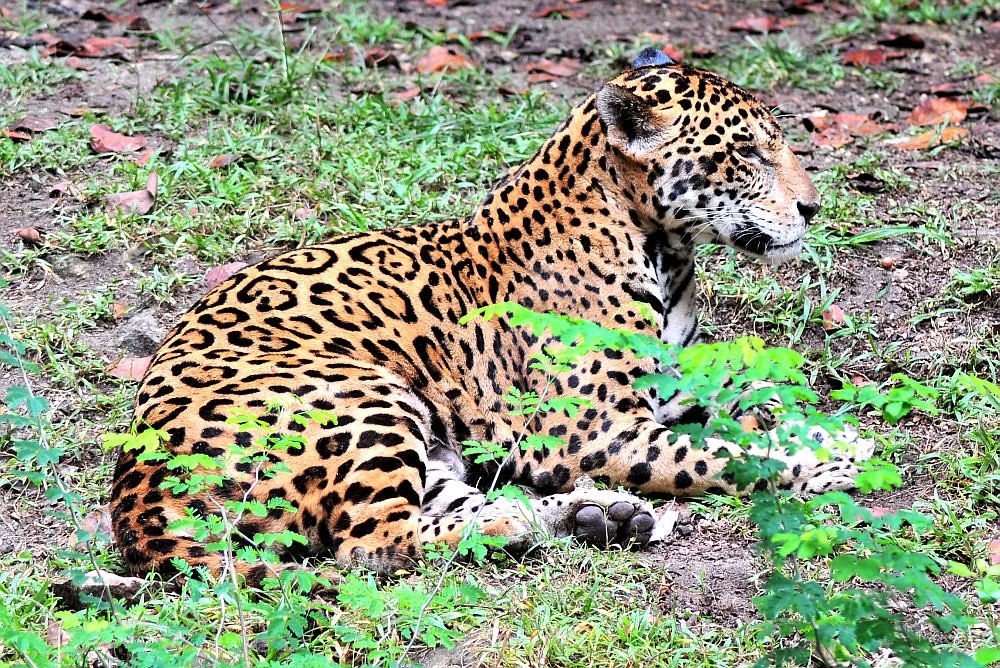
The Maya didn’t worship lions, but they had something even more powerful—the jaguar. These spotted big cats were considered gods walking among mortals, with the jaguar god ruling over the underworld and the night. Maya rulers wore jaguar pelts and took jaguar names, believing they could transform into these powerful beasts.
Jaguar imagery covers Maya temples, pottery, and codices, showing their central role in Maya spirituality. The Maya believed that jaguars could travel between worlds, making them perfect messengers between the living and the dead. This jaguar worship influenced all aspects of Maya culture, from architecture to royal succession.
Ancient Norse: The Cats of Freyja’s Chariot

Norse mythology gives us a unique twist on feline worship—the goddess Freyja rode a chariot pulled by two large cats. These weren’t house cats but powerful feline beings associated with love, fertility, and war. Vikings respected cats as creatures of magic and mystery, often keeping them on ships for both practical and spiritual reasons.
The Norse saw cats as bridges between the domestic and wild worlds, capable of both fierce independence and loyal companionship. Freyja’s cats became symbols of feminine power and magical ability, inspiring respect for felines throughout Viking culture. This tradition shows how even cultures without native big cats found ways to honor the feline spirit.
Conclusion: The Eternal Fascination with Feline Power
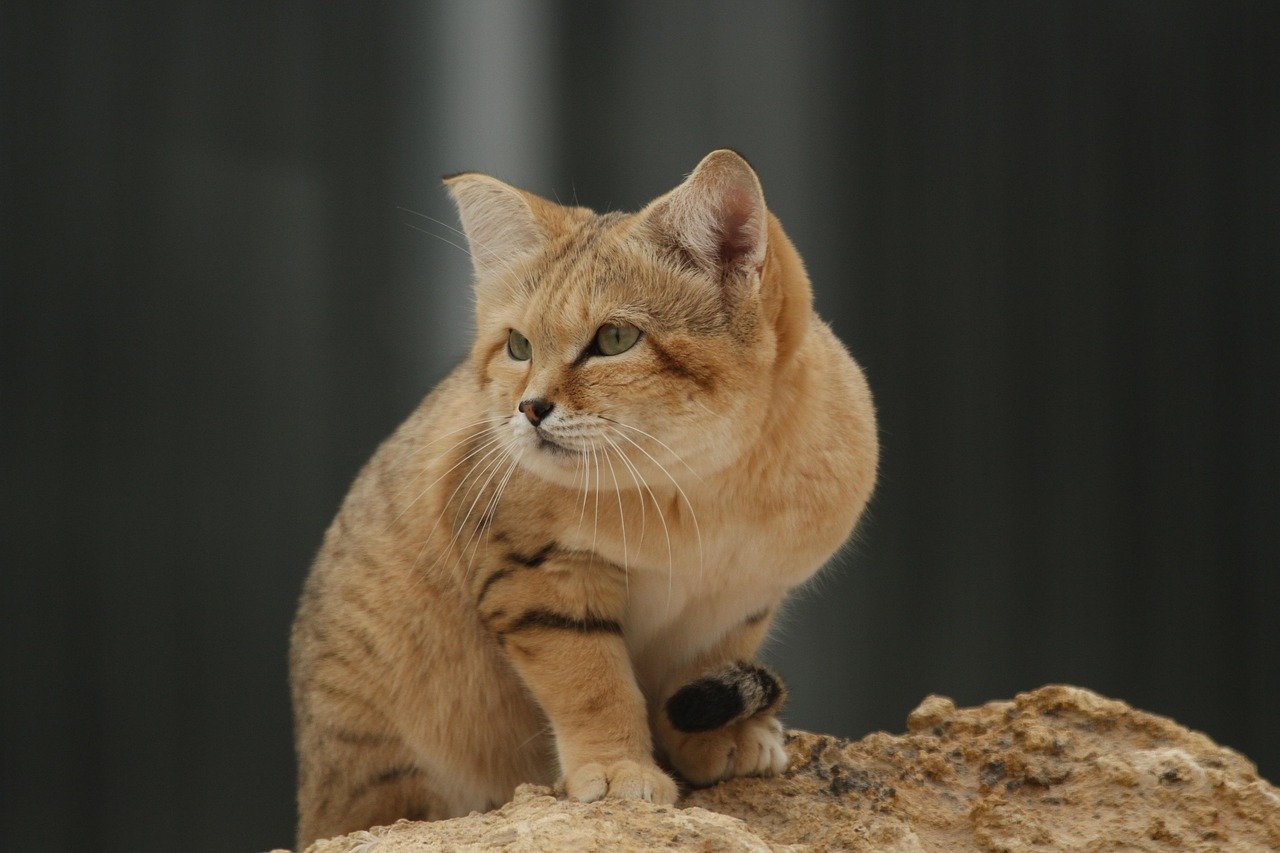
These ten ancient cultures show us something profound about the human relationship with big cats. Across continents and centuries, people have looked at lions, tigers, and jaguars and seen something divine—a perfect blend of beauty, power, and mystery that speaks to our deepest instincts. Whether carved in stone, painted on pottery, or woven into sacred stories, these magnificent creatures continue to capture our imagination.
The fact that cultures with no native big cats still adopted them as symbols tells us everything about their universal appeal. From Egyptian temples to Chinese palaces, from Roman arenas to Maya pyramids, big cats have left their paw prints on human consciousness in ways that still influence us today.
What is it about these creatures that makes them so universally revered—their fearless confidence, their graceful power, or perhaps their ability to be both nurturing and deadly?
Hi, I’m Bola, a passionate writer and creative strategist with a knack for crafting compelling content that educates, inspires, and connects. Over the years, I’ve honed my skills across various writing fields, including content creation, copywriting, online course development, and video scriptwriting.
When I’m not at my desk, you’ll find me exploring new ideas, reading books, or brainstorming creative ways to solve challenges. I believe that words have the power to transform, and I’m here to help you leverage that power for success.
Thanks for stopping by, Keep coming to this website to checkout new articles form me. You’d always love it!






